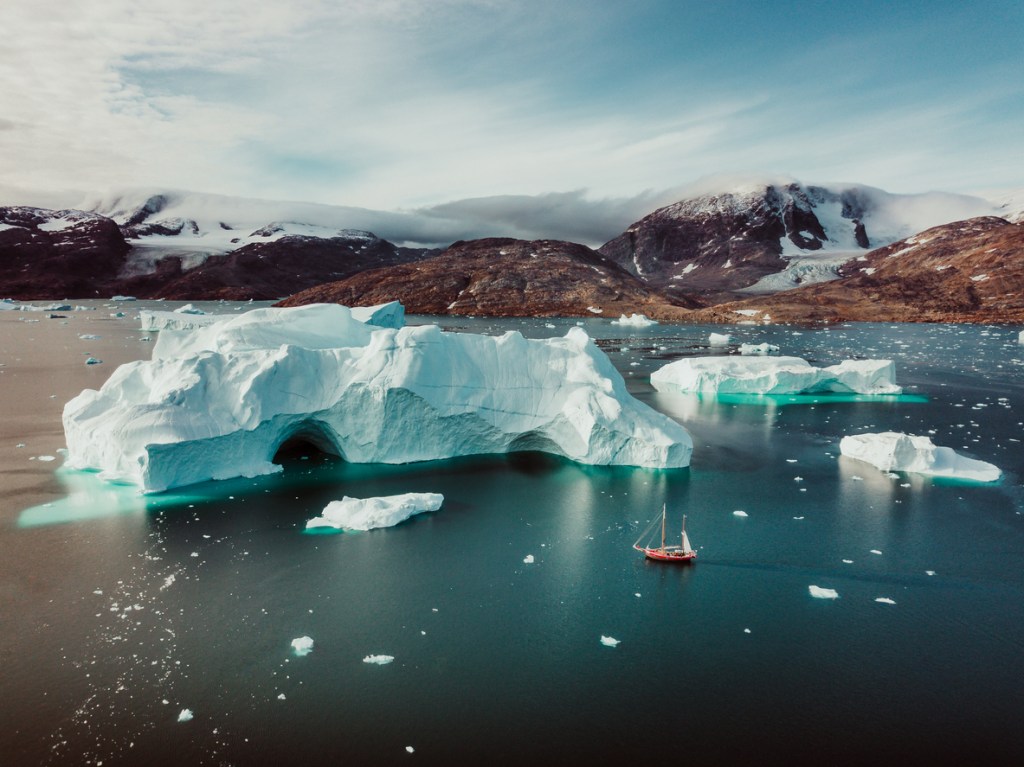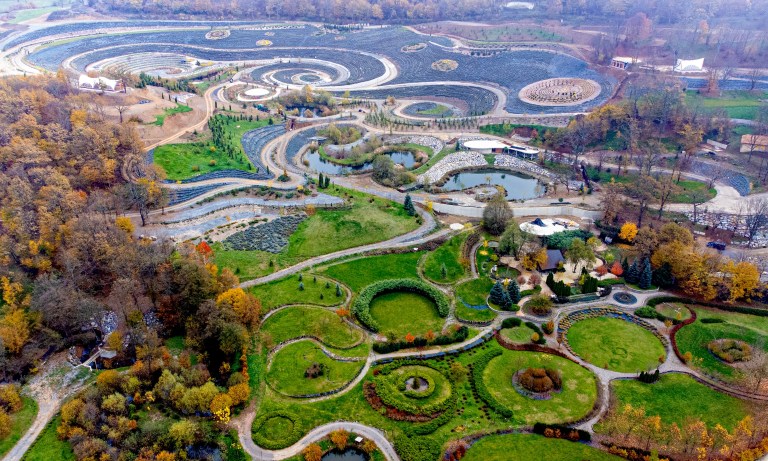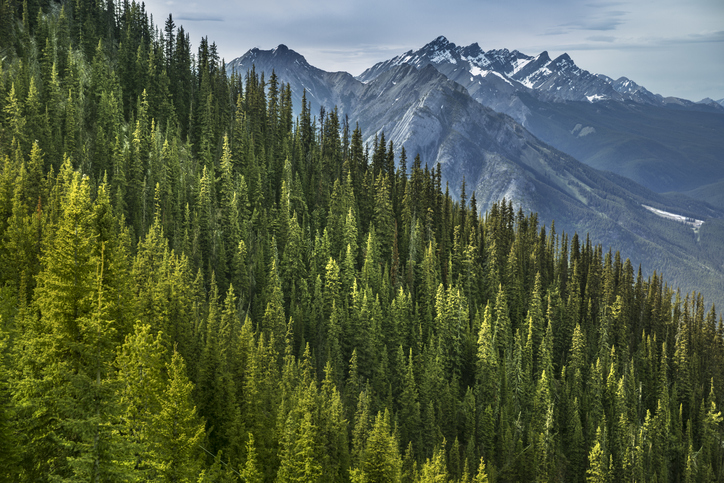Scientists have uncovered the world’s oldest known DNA in northern Greenland — a major discovery that sheds light on what the now-barren landscape may have looked like 2 million years ago.
Publishing their findings in Nature in December, an international team of scientists studied 41 microscopic fragments of environmental DNA, the genetic material organisms release into their environments via hair, spit, excrement, and decomposition. The samples were taken from clay and quartz buried in a sediment deposit almost 100 meters thick, and were only a few millionths of a millimeter long, per a press release.
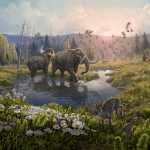
“DNA can degrade quickly but we’ve shown that under the right circumstances, we can now go back further in time than anyone could have dared imagine,” explained study co-author Eske Willerslev, director of the University of Copenhagen’s Lundbeck Foundation GeoGenetics Centre.
Added fellow professor and co-author Kurt Kjær: “The ancient DNA samples were found buried deep in sediment that had built-up over 20,000 years. The sediment was eventually preserved in ice or permafrost and, crucially, not disturbed by humans for two million years.”
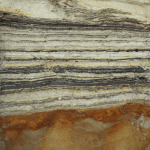
By comparing the samples to existing organisms and looking for matches, the team determined that a diverse array of plants and wildlife, including reindeer, rodents, and geese, once lived in the area. These findings indicate that it was once much warmer there. The time period the samples come from was one of climate change, researchers said, made clear by the mix of Arctic vegetation and plants that thrive in warmer temperatures.
“The study opens the door into a past that has basically been lost,” Kjær told the Associated Press.

One of the most surprising discoveries to come out of the study was evidence of mastodon DNA. The mastodon, a now-extinct elephant-like animal, originated in North and Central America, and was previously not thought to have roamed as far as Greenland.
“I wouldn’t have, in a million years, expected to find mastodons in northern Greenland,” evolutionary genomics researcher Love Dalen, who was not involved in the study, told the AP.
Prior to this development, a 1-million-year old sample from a Siberian mammoth bone held the record for the oldest DNA. In the press release, Willerslev elaborated on the significance of the team’s findings.
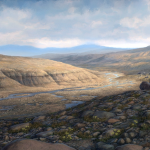
“Now that we have successfully extracted ancient DNA from clay and quartz, it may be possible that clay may have preserved ancient DNA in warm, humid environments in sites found in Africa,” he said. “If we can begin to explore ancient DNA in clay grains from Africa, we may be able to gather ground-breaking information about the origin of many different species — perhaps even new knowledge about the first humans and their ancestors — the possibilities are endless.”
